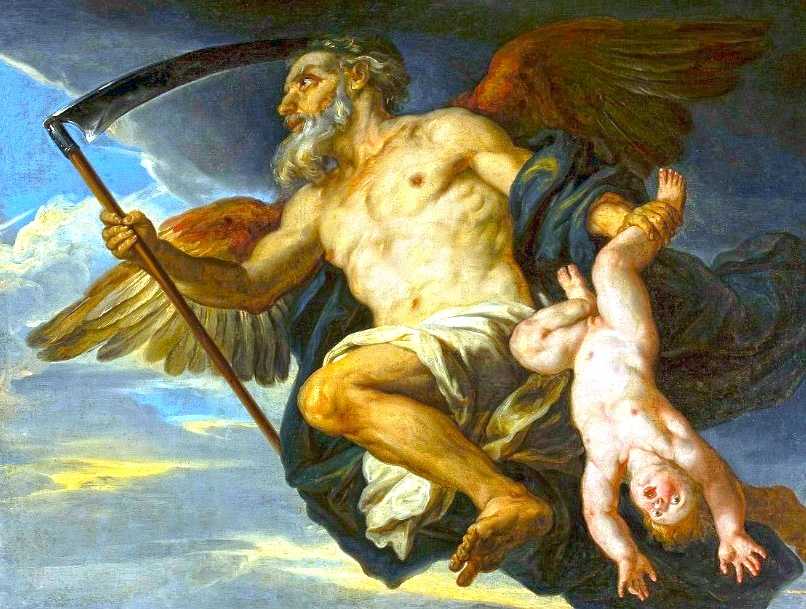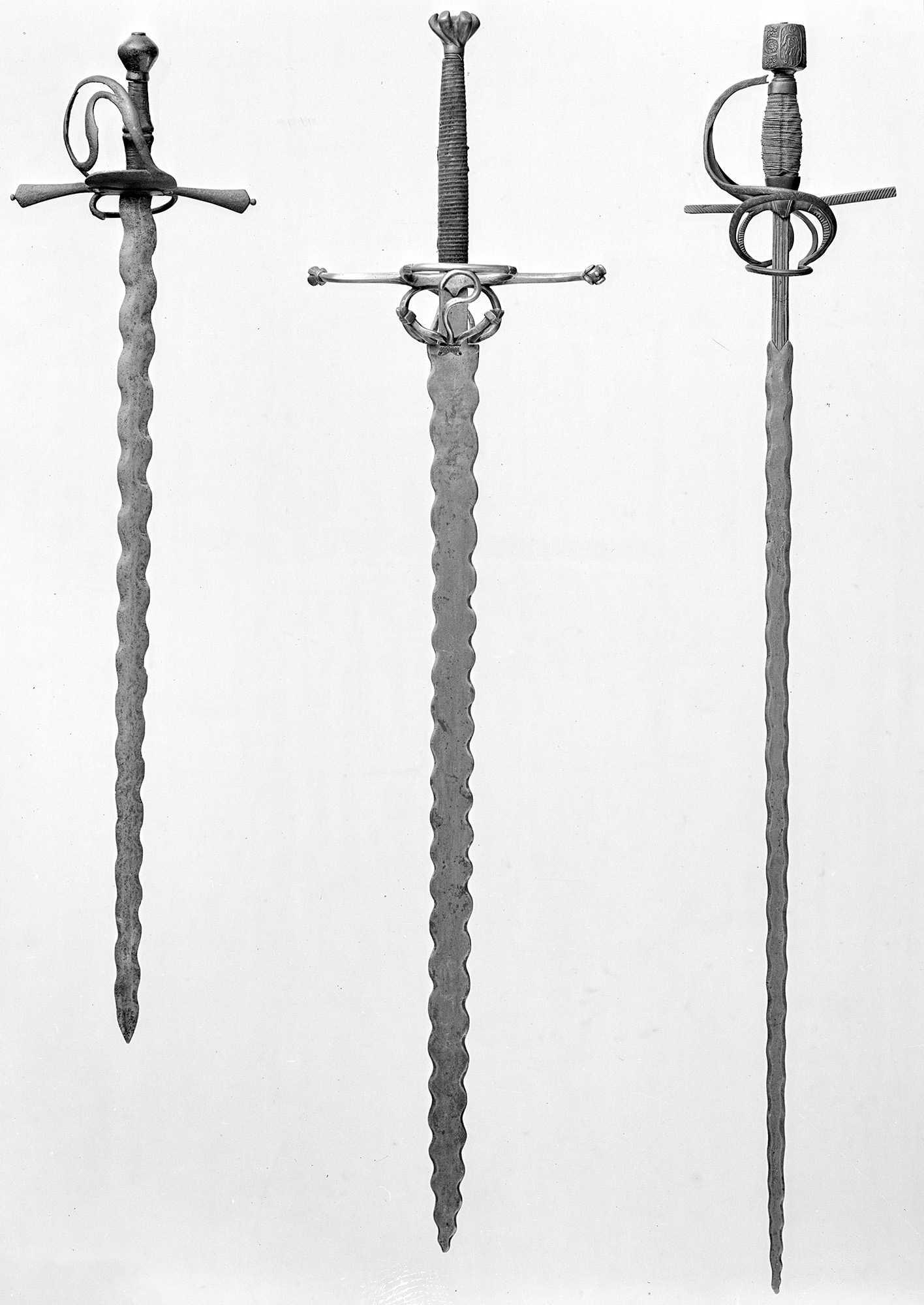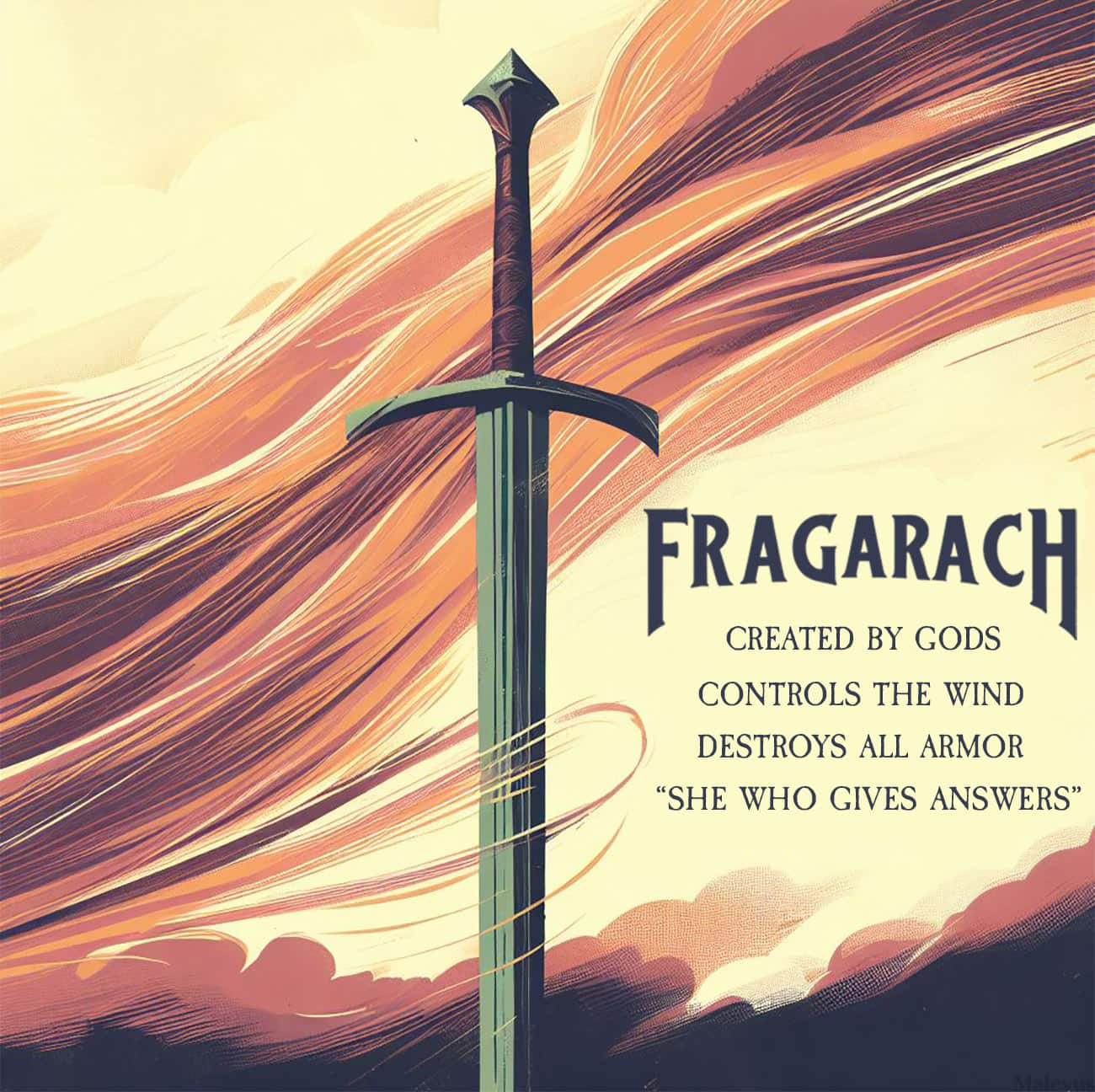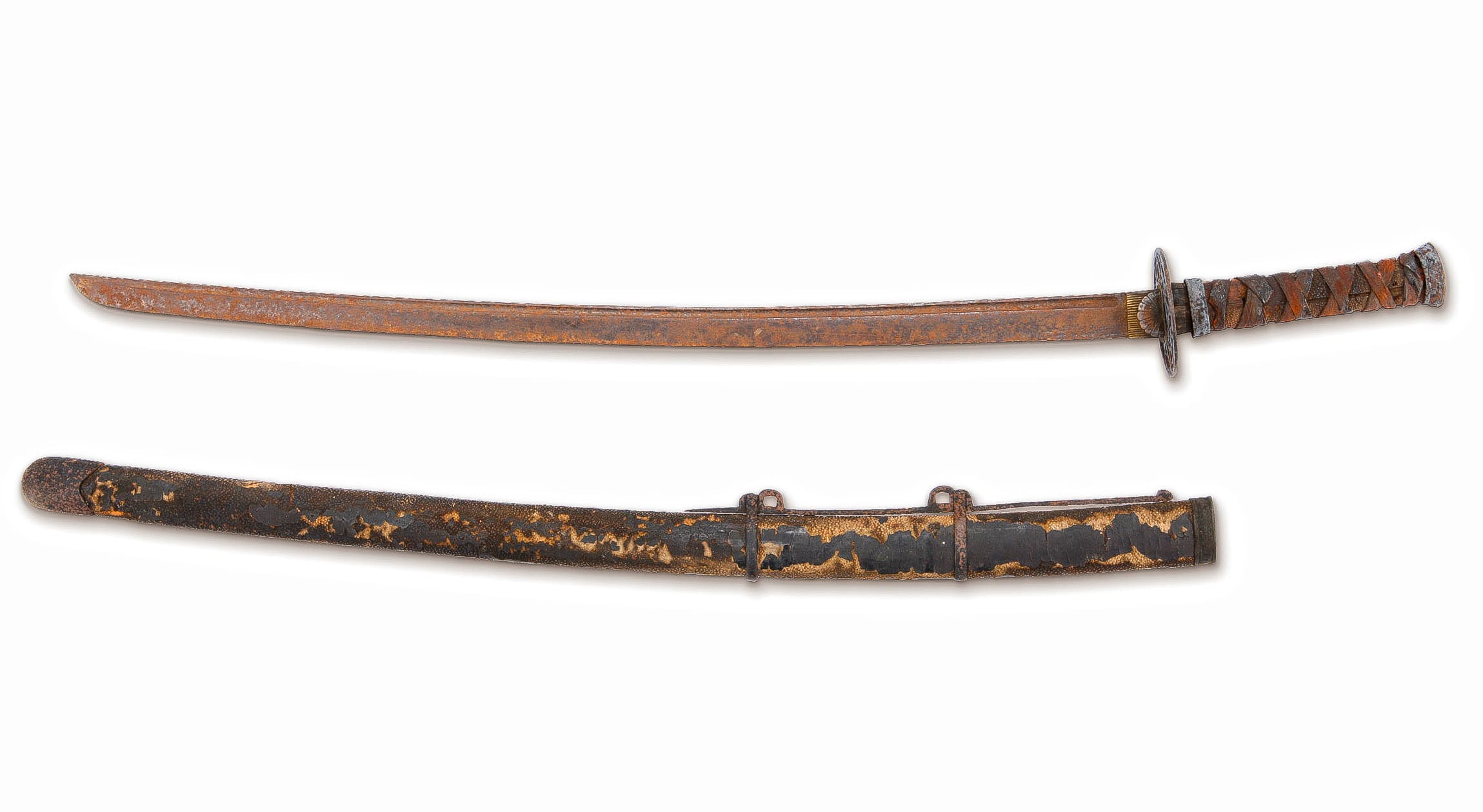Harpe Sword at a Glance
What is the harpe sword in Greek mythology?
The harpe sword is a short, straight-bladed weapon from which a second hook-shaped blade springs out at the point. It appears often in Greek mythology and was used by the gods to defeat monsters and other gods. The harpe sword is the weapon that killed Medusa.
What is the origin of the harpe sword?
Unfortunately, there is no reliable archaeological evidence that can determine the precise origin of the harpe sword. The makhaira, a concave-cut saber common among Greek cavalry forces, is thought to have evolved from the u0022falchionu0022 style of the harpe sword, which in turn may have originated in the East, specifically in the Egyptian sword-sickle known as the khopesh.
What is the meaning of the term u0022harpeu0022?
The meaning of the harpe sword is connected to the Latin verbs u0022sarpou0022 and u0022sarpiou0022 which mean u0022to prune,u0022 and also the Greek verb u0022harpazou0022 (to tear away in haste, to pillage). The original name for harpe was u0022arpa.u0022 Calabrese speakers in Italy still use the word u0022arpau0022 to refer to a hay sickle.
The harpe sword (ἅρπη) was a cold weapon or agricultural tool known to be often mentioned in Greek mythology but not positively identified in archaeological finds. Originally shown as a basic sickle or billhook, the harpe evolved into a short, straight-bladed sword from which a second hook-shaped blade sprang out at the point. By the 4th century BC, this new fashion of sword, often termed the “falchion,” had become a characteristic feature of Perseus or, in Rome, of Saturn (Kronos), and it also appeared in Mithraic initiation ceremonies throughout imperial times. The harpe sword is the weapon that killed Medusa.
The Etymology of the Harpe Sword

The meaning of the harpe sword is connected to the Latin verbs “sarpo” and “sarpio” which mean “to prune,” and also the Greek verb “harpazo” (to tear away in haste, to pillage).
Latin authors likewise made use of the Greek term harpe without providing a translation. About Perseus, Germanicus says, “Aeschylus tells that he received from Vulcan an indestructible harpe”.
According to Greek grammar, one can observe the accusative ending in “n” rather than in “m” in the Greek version of the sentence. Like in Italian, the original name for harpe was “arpa.” Calabrese speakers in Italy still use the word “arpa” to refer to a hay sickle.
The Origin of the Harpe Sword

Unfortunately, we lack reliable archaeological evidence to determine the precise origin of the harpe sword. For example, the makhaira, a concave-cut saber common among Greek cavalry forces, is thought to have evolved from the “falchion” style of the harpe sword, which in turn may have originated in the East, specifically in the Egyptian sword-sickle known as the khopesh.
The Harpe Sword in Mythology

The harpe sword is an edged weapon that appears often in Greek mythology. It is stated that the harpe sword was always effective even if the foe was a god or a monster that could never die.
Kronos (Saturn) uses it to make his father Uranus feel weak and helpless through emasculation. Zeus wields it in the Gigantomachia against Typhon. Hermes used it to defeat Argus Panoptes, while Heracles used the harpe sword to defeat the Lernaean Hydra.
According to most accounts, the harpe sword was crafted from an indestructible substance called adamantine,” which literally means “unbreakable” in Greek. This means that anguiform (“shaped like a snake”) monsters are the primary target for this “magical” weapon. Zeus orders one harpe sword made by Hephaestus and gives it to Perseus so he can use it to kill the Gorgon Medusa.
The Stories of the Harpe Sword
Kronos

Uranus controlled the cosmos with an iron fist, but his harsh treatment of his offspring inspired his wife Gaia to plot an insurrection against him. Angry because Uranus had imprisoned her children in Tartarus, Gaia, the goddess of the Earth, plotted with his titan son Kronos to end Uranus’s reign.
Gaia begged her sons, the titans, to overthrow their father Uranus, who was causing them much misery, and she forged the harpe sword out of adamant, a mythological metal that is very hard.
Kronos, one of Gaia’s sons, was the only one who dared try to overthrow his father. Kronos took the harpe, a curved sword with a keen edge that Gaia had given him, and castrated his father Uranus, removing him from his position as god of the heavens.
Perseus

A monster with snakes for hair and a gaze that could turn humans to stone, the Gorgon Medusa was the target of Perseus’ vengeance in Greek mythology. Perseus received the adamantine harpe sword as a gift from Zeus. The sword was crafted by the blacksmith of the gods, Hephaestus.
Hermes’ sandals gave Perseus the ability to fly, while Athena’s mirror shield protected him from the gaze of Medusa.
Perseus, sneaking up on Medusa as she slept, reflected her face in his polished bronze shield. Keeping his eyes directly away from her face, he decapitated her with the harpe sword. As he severed her head, the winged horse Pegasus and the giant Chrysaor with a golden sword emerged from her body.
Zeus

Feared by gods and humans alike, Typhon was a terrible serpentine monster with wings, snake heads, and the ability to breathe fire in Greek mythology. In the fight between Zeus and Typhon, Zeus finally emerged as the winner.
Zeus tried to kill Typhon with thunderbolts at first, but the monster was too strong for him. The gods, with the exception of Zeus, fled to Egypt when Typhon eventually assaulted the heavens.
Zeus reengaged Typhon in combat, this time wielding the harpe sword. Zeus eventually defeated Typhon by cutting off his numerous heads with his new sword and the assistance of other gods, including Hermes and Pan.
After this, no other deity could challenge Zeus for supremacy thanks to the harpe sword.
Hermes

The gigantic Argus Panoptes could not be approached stealthily because he had a hundred eyes strategically placed all over his body. Hera, the queen of the gods, tasked Argus with protecting the cow Io, a human lady whom Zeus had turned into a cow in order to protect her from Hera’s jealousy.
Hermes, Zeus’ son and messenger deity, was thereafter sent by Zeus to end Argus’ guardianship over Io. Hermes (Mercury), pretending to be a shepherd, approached the huge Argus and started playing his flute to put him to sleep. Hermes then used his words and music to slowly put each of Argus’s hundred eyes to sleep.
When Hermes saw that all of Argus’ eyes were shut, he quickly severed his head with a harpe sword. Hera, distraught by the loss of her devoted servant, stole Argus’ eyes and affixed them to the peacock, which afterward became her beloved animal.
Heracles

One of the many heads of the Lernaean Hydra was immortal, making it a terrifying serpent. Heracles was given the responsibility of killing the Hydra by King Eurystheus as one of his Twelve Labors because the monster was wreaking havoc on the land.
Heracles fought his way into Hydra’s cave and proceeded to lop off the monster’s heads with the harpe sword. On the other hand, whenever he severed one of the heads, two more sprouted in its place. Heracles soon recognized that he could not use traditional methods to fight the Hydra.
Then he devised a strategy, recruiting his nephew Iolaus to assist him. Heracles killed the hydra by severing its heads with his sword, while Iolaus used a flame to cauterize the wounds and stop any new heads from forming. Heracles buried the immortal head in the earth and rolled a huge rock on top of it so it couldn’t come back to the surface.
References
- Perseus holding a harpe sword, bronze sculpture, North Rhine-Westphalia. Image: Alamy
- René Menard (1991). Greco-Roman mythology. 2nd ed.






